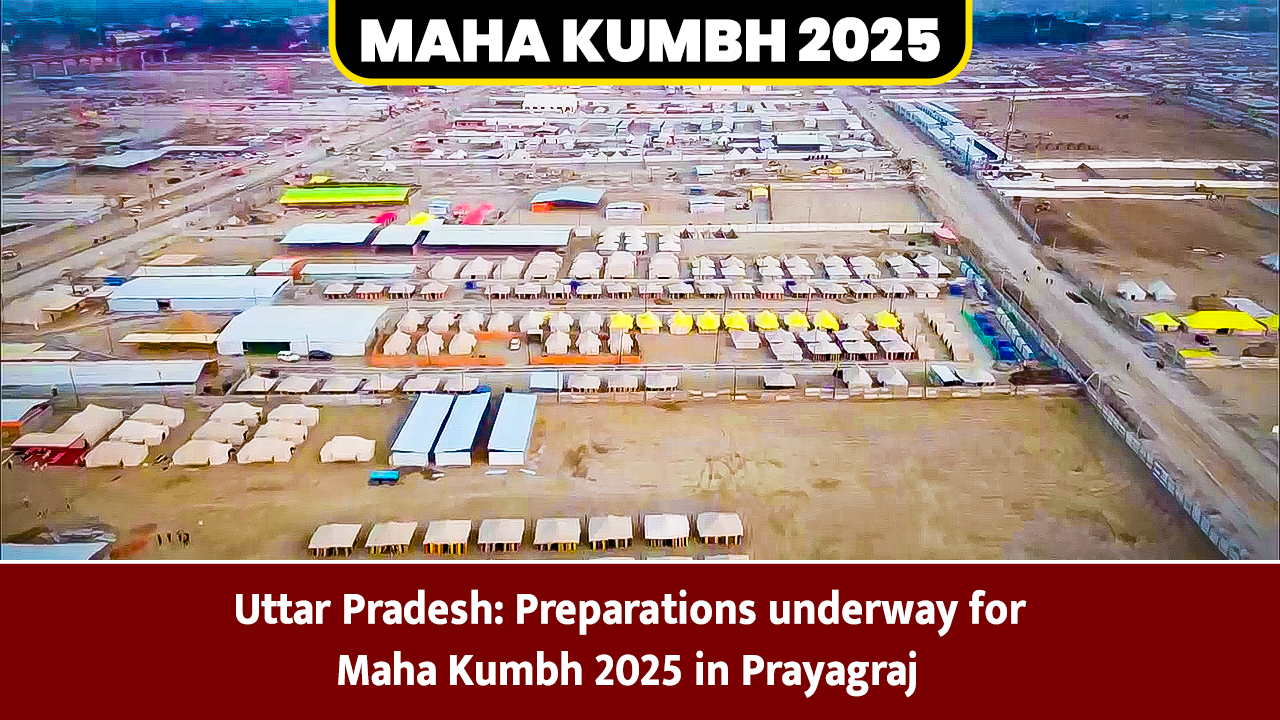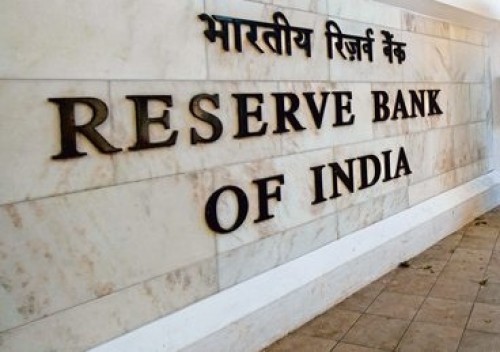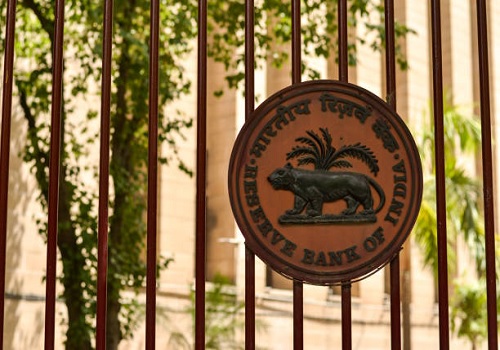Decoding FM`s limited-period `Safe Harbour` ordinance By Prashant Thakur, ANAROCK Property Consultants

Follow us Now on Telegram ! Get daily 10 - 12 important updates on Business, Finance and Investment. Join our Telegram Channel
Below are Views On Decoding FM`s limited-period `Safe Harbour` ordinance By Prashant Thakur, Director & Head – Research, ANAROCK Property Consultants
COVID-19 in 2020 caused much upheaval across sectors including Indian real estate. Though residential property demand was quick to see signs of revival after the lockdown relaxations last year, government intervention at regular intervals became a necessity.
Given the situation prevailing back in November 2020, one intervention to boost housing demand amid the pandemic was to increase the threshold limit on transfer of residential units under section 43CA and 56(2)(x) from 10% to 20% - with conditions:
* The residential unit is transferred between 12th November 2020 to 30th June 2021
* This should be the first residential property purchase by an individual
* The revenue exchange may not exceed INR 2 Cr
This ordinance was once again mentioned in Union Budget 2021-22, but with a clearer definition on what constitutes a 'residential unit'. It is now defined as 'an independent housing unit with separate facilities for living, cooking and sanitary requirement, distinctly separated from other residential units within the building, which is directly accessible from an outer door or through an interior door in a shared hallway and not by walking through the living space of another household.'
This definition, which had not been provided in the ordinance earlier, certainly made things clearer. So, what does it mean for homebuyers and developers? To understand the implications, we must first understand the relevant section of the Income Tax Act.
Section 43CA of the Income Tax Act
Incorporated in 2013, Section 43CA of the IT Act states that developers or any other property sellers can be penalized for selling a property at prices lower than the Ready Reckoner rates, or circle rates or guidance value. If the stamp duty value exceeds 10% of the total revenue exchanged as part of the sale/transfer of the property, the difference must be included while calculating capital gain or business income for the seller, and is viewed as income for the buyer.
States like Maharashtra did allow registration at a market value lower than the RR Rate, the rule being that stamp duty and registration charges must be paid on the higher of the two values - market value or RR rate.
However, a buyer purchasing a property below the RR rate must bear an additional burden because the difference between two rates is taxable in the hands of both the buyer and seller. In other words, if the market value of a property is lower than the RR rate, the difference between the two becomes ‘other income’ for the buyer - and will be taxed.
The FM's November 2020 provision to increase the difference between circle rates and agreement value from 10% to 20% (under Section 43CA) was an important one as it opened up possibilities for price reductions. A hypothetical alternative would be to lower RR rates, which would reduce the stamp duty burden on property purchase and benefit both homebuyers and developers, since the many premiums they need to pay to the state governments are linked to the RR rates.
How Does This Impact Residential Real Estate?
The increase in the differential between circle rates and agreement value under Section 43CA from 10% to 20% resulted in income tax relief to both developers and homebuyers. This limited-period offer (valid up to 30 June 2021) has direct financial benefits over and above existing offers and discounts.
This relief up to 20% to buyers of homes under Section 56(2)(x) of the IT Act has positive connotation, especially in the affordable and mid-range segments, and will help developers to clear unsold stock. As per ANAROCK Research, there are approx. 5.46 lakh unsold units across the top 7 cities priced up to INR 1.5 Crore, with another 49,500 units priced between INR 1.5 Cr to INR 2.5 Cr.
Above views are of the author and not of the website kindly read disclaimer












 320-x-100_uti_gold.jpg" alt="Advertisement">
320-x-100_uti_gold.jpg" alt="Advertisement">












